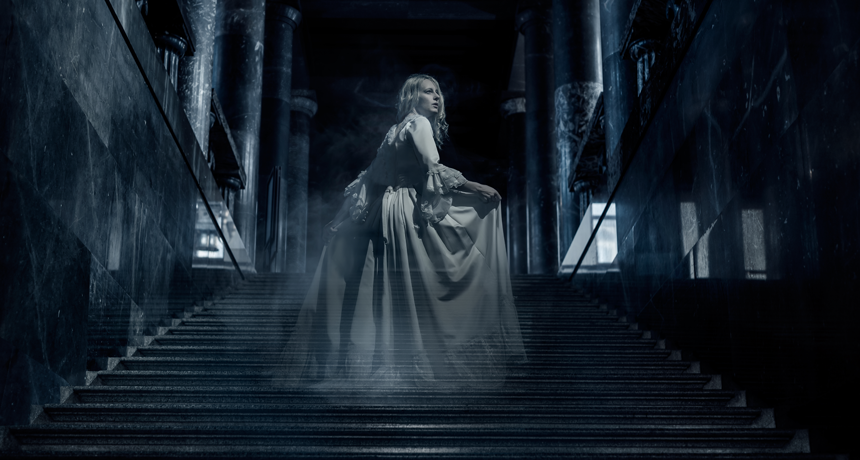A ghost is often described as the spirit or soul of a deceased person that lingers in the human world. Ghost stories and sightings have been a part of human history across cultures, often symbolizing unresolved issues, fear of the unknown, or the desire to connect with lost loved ones.
Origins and Beliefs
The concept of ghosts dates back to ancient civilizations. In ancient Egypt, spirits were believed to protect the living, while in Greek mythology, shades of the dead resided in the underworld. Similarly, many Asian cultures revere ancestors’ spirits, believing they guide or influence the living.
In Western cultures, ghosts are often depicted as ethereal beings, haunting specific locations, usually tied to tragic events or unfinished business.
Types of Ghosts and Paranormal Phenomena
There are different classifications of ghosts, including:
- Residual Hauntings: Repetitive, non-interactive appearances, often likened to a recording of past events.
- Intelligent Spirits: Ghosts believed to be aware of their surroundings and capable of communication.
- Poltergeists: Known for causing physical disturbances, such as moving objects or making noises.
- Shadow Figures: Dark, human-like shapes that appear without discernible features.
Scientific Perspectives
While many believe in ghosts, science approaches the phenomenon with skepticism. Paranormal experiences are often attributed to psychological factors, including sleep paralysis, hallucinations, or environmental factors like electromagnetic fields affecting perception. Studies suggest that the human brain’s tendency to find patterns may lead people to perceive shapes or movements as ghostly apparitions.
Ghosts in Popular Culture
Ghosts have a prominent place in literature, films, and folklore. Iconic works like Shakespeare’s Hamlet and Charles Dickens’ A Christmas Carol explore themes of morality and consequence through ghostly characters. In cinema, films like The Sixth Sense and The Conjuring have popularized ghost stories, blending horror with human emotion.
Haunted Locations and Experiences
Many places worldwide are famed for their ghostly reputations:
- The Tower of London: Known for its history of executions and reported sightings of spirits like Anne Boleyn.
- The Winchester Mystery House: Built continuously to confuse spirits, according to legend.
- Bhangarh Fort (India): Considered one of the most haunted places in India, with tales of ancient curses.
Visitors often report cold spots, strange noises, and feelings of being watched in such locations, adding to their mystique.
Cultural and Spiritual Significance
In many cultures, ghosts are not only feared but also respected. Rituals to honor the dead, such as Mexico’s Día de los Muertos (Day of the Dead) or China’s Hungry Ghost Festival, are meant to appease spirits and celebrate their memory.
Conclusion
Whether viewed as supernatural beings or psychological phenomena, ghosts continue to fascinate and intrigue. Their stories reflect human fears, hopes, and the quest for understanding life after death. Regardless of belief, ghosts remain a powerful symbol of the mysteries that lie beyond.
